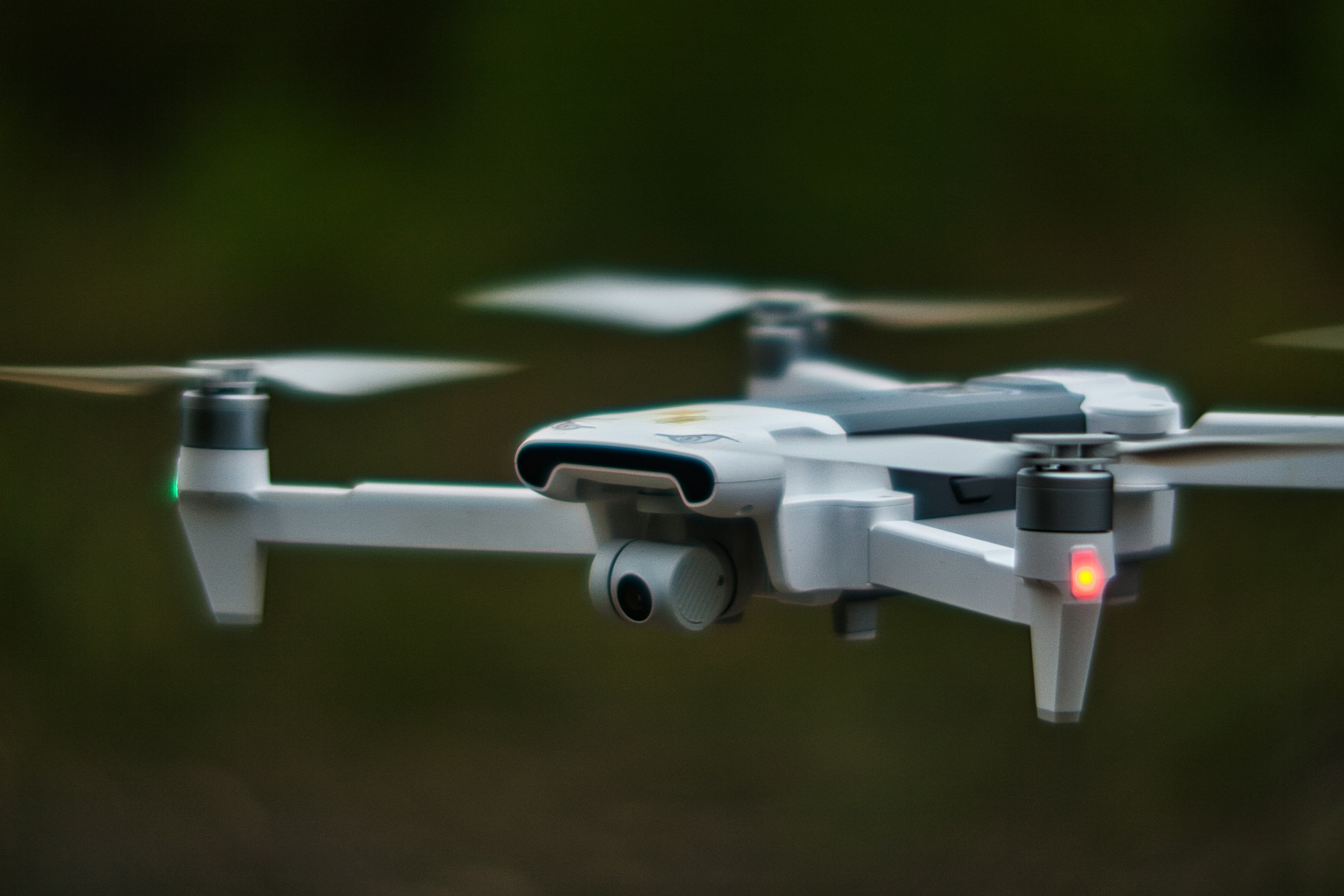Lead the future of UAV weather sensing
UAV Talent is seeking a forward-thinkingUAS Operations Managerto spearhead the next generation ofautomated drone operationsacross the UK and Europe. You’ll be at the helm of a world-class programme focused on atmospheric data and climate research-driven by advanced,highly autonomous UAS platforms.
This is not your standard drone job. It’s about scaling BVLOS missions, integrating cutting-edge payloads, and crafting the aviation systems that underpin a truly automated fleet. You’ll own regulatory readiness, technical operations, and client integration in one of the most exciting sectors in aerospace.
What You’ll be working on:
Operational Strategy & Compliance
- Lead and evolve all regulatory documentation -Operations Manuals and the SORA Package
- OwnOperational Authorisation submissionsand airspace access processes across CAA, EASA, and ANSPs.
- Build and maintain the systems that enable safe, repeatableBVLOS autonomous flight.
Fleet & Mission Oversight
- Ensureairworthiness, spares availability, and mission readiness across the drone fleet.
- Lead client-specificUAV/payload integrationsfor highly customised scientific missions.
- Grow and guide a skilled team across operations, safety, and engineering support.
Stakeholder Engagement & Innovation
- Act as the interface between technical teams, customers, and regulators.
- Support R&D onautonomy, airspace integration, and performance scaling.
- Represent operations in bids, live demos, and technical consultations.
About the Company
Our client is afast-growing, employee-owned science and tech firmfocused onclimate and atmospheric data, with projects spanning Europe and the Arctic. Operating at the intersection of robotics, aviation, and science, they blend a start-up culture with real-world impact-working in low-bureaucracy, high-autonomy environments.
What You Bring
- Expertise in UAS operations and aviation compliance (CAP 722, EU 2019/947, SORA).
- Experience managingautomated or semi-autonomous UAS systems.
- Excellent communicator, able to brief regulators, clients, and C-suite leaders alike.
- Proven ability to lead in both strategic planning and real-time operations.
Bonus Points For:
- Exposure to meteorological or atmospheric science.
- Project management credentials.
- Familiarity with AI tools or automation frameworks.
- Industry group involvement or safety/first aid training.
The Offer
- £45,000–£50,000 salary
- Flexible/hybrid working
- 30 days holiday + Bank Holidays
- International travel opportunities
- EMI share options & pension scheme
Please contact or apply directly.


